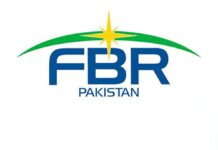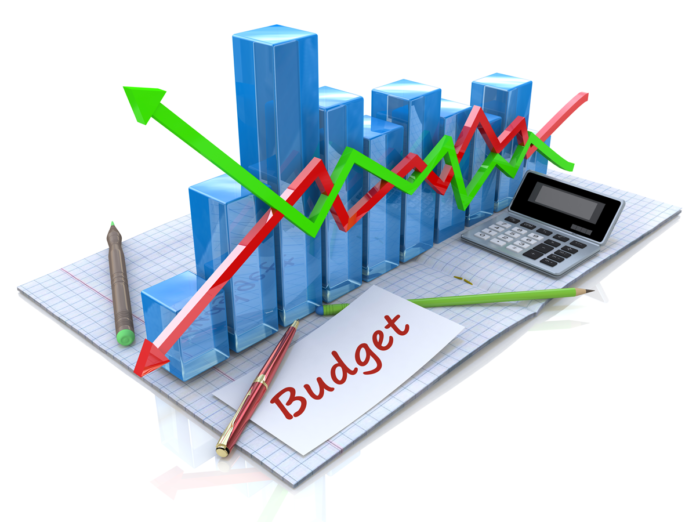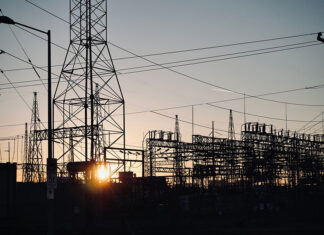The Government of Pakistan has presented its proposed budget for the Fiscal Year of 2023-24 on Friday 9th of June. The budget outlines the government’s proposed spending and revenue generation for the upcoming fiscal year.
The art of budgeting: a delicate balancing act
The budget is a delicate balancing act between spending on essential services and investing in future growth. It involves matching expenses to revenues in a way that ensures the government’s spending is sustainable and aligned with its policy priorities. It requires careful planning and analysis to strike the right balance between current and development expenditure.
Where will the money come from?
The total resources for the federal budget 2023-24 are Rs. 14.460 trillion.
The government plans to generate revenue through several sources, including Federal Board of Revenue (FBR), Non-Tax Revenue, Non-Bank Borrowing, Net External Receipts, Bank Borrowing, and Privatisation Proceeds.
Federal Board of Revenue (FBR) refers to the tax collection agency of the government and accounts for Rs. 9.200 trillion or 63.6% of the total resources. Non-Tax Revenue refers to revenue generated from sources other than taxes, such as fees, fines, dividends, profits, etc. and accounts for Rs. 2.963 trillion or 20.5% of the total resources.
Non-Bank Borrowing refers to borrowing from sources other than banks, such as National Saving Schemes (NSSs) and other non-bank sources. This category accounts for Rs. 1.906 trillion or 13.2% of the total resources. Net External Receipts refers to the net amount of external financing received by the government and accounts for Rs. 2.527 trillion or 17.5% of the total resources.
Bank Borrowing refers to borrowing from banks through instruments such as Treasury Bills (T-Bills), Pakistan Investment Bonds (PIBs), and Sukuk bonds and accounts for Rs. 3.124 trillion or 21.6% of the total resources. Privatisation Proceeds refers to the revenue generated from the sale of state-owned assets or enterprises and accounts for Rs. 0.015 trillion or 0.1% of the total resources.
How will the money be spent?
The total expenditure for the federal budget 2023-24 is Rs. 14.460 trillion and is divided into two main categories: Current expenditure and Development expenditure.
The current expenditure is Rs. 13.320 trillion or 92% of the total expenditure and encompasses several subcategories such as Interest Payments, Pension, Defence Affairs & Services, Grants and Transfers to Provinces & Others, Subsidies, Running of Civil Govt, and Provision for Emergency and others.
Interest Payments refers to the payments made by the government on its debt obligations and accounts for Rs. 7.303 trillion or 50.5% of the current expenditure. Pension refers to the payments made by the government to retired employees and accounts for Rs. 0.761 trillion or 5.3% of the current expenditure. Defence Affairs & Services refers to spending on national defence and military services and accounts for Rs. 1.804 trillion or 12.5% of the current expenditure.
Grants and Transfers to Provinces & Others refers to grants and transfers made by the federal government to provincial governments and other entities and accounts for Rs. 1.464 trillion or 10.1% of the current expenditure.Subsidies refers to financial assistance provided by the government to support certain industries or sectors and accounts for Rs. 1.074 trillion or 7.4% of the current expenditure.
Running of Civil Govt refers to spending on the day-to-day operations of civil government departments and accounts for Rs. 0.714 trillion or 4.9% of the current expenditure.Provision for Emergency and others refers to funds set aside for emergency situations or other unforeseen expenses and accounts for Rs. 0.200 trillion or 1.4% of the current expenditure.
The development expenditure is Rs. 1.140 trillion or 8% of the total expenditure and includes two subcategories: Federal PSDP (Rs. 0.950 trillion) and Net Lending (Rs. 0.190 trillion).
Federal PSDP stands for Federal Public Sector Development Programme, which refers to spending on development projects at the federal level while Net Lending refers to lending by the government minus repayments received.
A theoretical projection subject to change
It is important to note that these figures are theoretical projections based on current information available at this time; actual numbers can fluctuate in course of year due to various factors such as changes in economic conditions or unforeseen events.
While it is true that these are theoretical projections, it is also important to remember that budgeting now does make it harder for things to change through the year as it sets a framework within which spending decisions are made.
The budget is a glimpse into the government’s vision and priorities for the country. It is a tool to achieve its goals and objectives. It is also a statement of accountability and transparency to the public. It is a document that deserves attention and scrutiny from all stakeholders.
























want more current economic reports on my Gmail account.